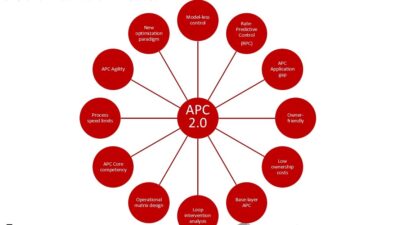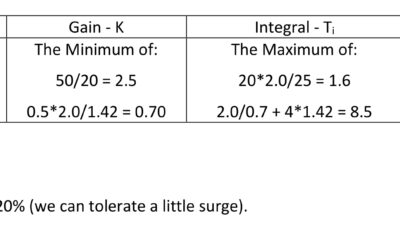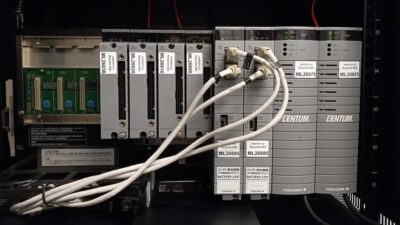Maybe I spent too many years working for a PLC vendor, or maybe I'm just skeptical. When it comes to a factory-floor control system, though, I'm more likely to be impressed by reliable, predictable behavior than by fancy screen displays.The people at Wonderware Corp. (Irvine, Calif.) have consistently delivered good graphical user interfaces for the application programmer as well as the e...
Maybe I spent too many years working for a PLC vendor, or maybe I’m just skeptical. When it comes to a factory-floor control system, though, I’m more likely to be impressed by reliable, predictable behavior than by fancy screen displays.
The people at Wonderware Corp. (Irvine, Calif.) have consistently delivered good graphical user interfaces for the application programmer as well as the end-user. Now it appears Wonderware have mastered the subtleties of the Microsoft Windows NT environment and produced a PC-based real-time control system that can be trusted to run a complex and critical manufacturing process.
The InControl product offers a control system program development environment whose look and feel are consistent with the company’s other products: elegant, intuitive, and faithful to the Windows user interface design guidelines. On-line help is there when needed, and I can honestly say I’ve never had to read a Wonderware manual for any of the applications I’ve done with its products.
An InControl application project is a collection of programs which may be written in three of the five IEC 1131 dialects. I can coordinate complex batch sequences and machine states with sequential function charts (SFCs) and get the actual work done in relay ladder logic . Numerically intensive tasks are cleanly handled with structured text language . Closed-loop control functions such as the PID algorithm will appear as blocks at the program level as well.
InControl’s implementation of sequential function charts differs from some I’ve seen in that the user can actually write code and get things done directly within the steps and transitions of the SFC itself. Transition items can contain evaluated logic expressions, for instance, and the step blocks can contain structured text subroutines. I don’t have to keep a language reference manual handy, either. The structured text language reads much like Pascal code; its editor accepts free format typing and prompts me to assemble valid lines of code from pick lists if I don’t.
One of the strengths of this whole line of products has always been the attention paid to openness, extensibility, and flexibility. The structured support for OCX and ActiveX technology allows for some interesting hybrid applications that would not fit easily in a normal PLC. The rich library of DDE servers (many of which came from third-party, niche-market developers) allows access to information from legacy PLC systems and a wide range of specialized equipment. Other Wonderware components in the FactorySuite family can access InControl process data by way of simple NetDDE or a set of extensions called SuiteLink; the InTouch operator interface package can pull tag configuration information directly from InControl by way of a simple tag browser.
Finally, underneath it all is a solid run-time engine whose behavior appears to be well-characterized, thoroughly tested, and quite predictable. Restart modes are configurable and can be set to run with fixed scan times within a known and specified repeatability margin. Watchdog monitors can be set up based on scan time or percent of processor usage.
InControl runs under Windows NT 4.0 with Service Pack 3. The company recommends at least a Pentium 166 MHz processor with 32 MB of RAM. The development environment requires around 50 MB of disk space. The run-time environment will fit in just 2 MB of disk space. An individual run-time license starts at $1,500. The InControl development is prices at $5,000 and the full FactorySuite package with InControl, InTouch, InTrack, InBatch, and Industrial SQL lists for $9,950.
For more information on InControl, visit www.controleng.com/info .
| Author Information |
| Contributing Editor Jay R. Jeffreys, P.E. is a senior systems engineer at Industrial Systems Design, Johnson City, Tenn. |



